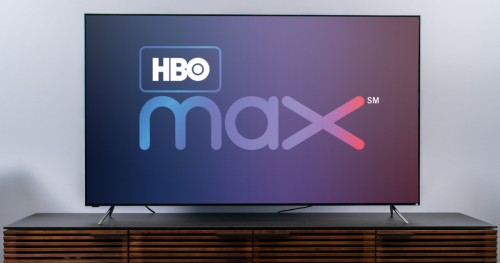Audio features are increasingly important in the modern world, particularly in speech recognition, music analysis and classification, and mobile applications. Audio features are increasingly being integrated into mobile apps because they can provide a more immersive and engaging user experience. Here are a few reasons why audio feature is the next big thing in mobile apps.
Audio Feature – The Next Big Thing In Mobile Apps
Voice User Interfaces
With the rise of voice assistants such as Siri, Google Assistant, and Alexa, users are becoming more accustomed to interacting with their devices using their voice. Mobile apps are now incorporating voice user interfaces to enable users to control apps hands-free, making them more convenient and accessible.
Personalization
To create personalized experiences for users, audio features can be used. For example, music streaming apps can use audio analysis to create custom playlists based on a user’s listening habits. In contrast, meditation apps can use audio feedback to create tailored experiences based on a user’s mood and preferences.
Novelty
Audio features can add a novel and fun element to mobile apps, making them more engaging and memorable for users. For example, augmented reality apps can incorporate 3D audio to create more immersive experiences.
Accessibility
Audio features can help people with disabilities use mobile apps more easily. However, these features are not just for people with disabilities. They are also simple and fun so that everyone can enjoy them. These accessibility features listed below are one of the reasons why audio features are becoming more popular in mobile apps.
Text-to-speech: TTS (Text To Speech) is a technology that converts written text into spoken words. By incorporating TTS into mobile apps, developers can make content more accessible to users with visual impairments or reading difficulties. For example, a news app can provide an audio summary of articles to users with difficulty reading the text.
Audio feedback:
Audio feedback can be used to provide users with audible cues and feedback when using an app. For example, a navigation app can provide turn-by-turn audio directions to users who may have difficulty reading maps or screens while on the go.
Audio captions:
Audio captions are descriptions of sounds and audio content that are embedded within an app. Audio captions can be particularly useful for users with hearing impairments, as they provide a text-based representation of audio content. For example, a video-sharing app can give audio captions for videos, describing the sounds that occur in the video.
Voice commands:
Voice commands can be used to control mobile apps without the need for touch or sight. For example, a voice assistant app can allow users to make phone calls, send messages, and control other apps using voice commands, making the app more accessible to users with physical disabilities.
Conclusion
With voice user interfaces, personalization, and accessibility for users with disabilities, audio features are becoming an increasingly important part of mobile app development. We can expect to see even more innovative and exciting use cases for audio in mobile apps soon in the future.

















